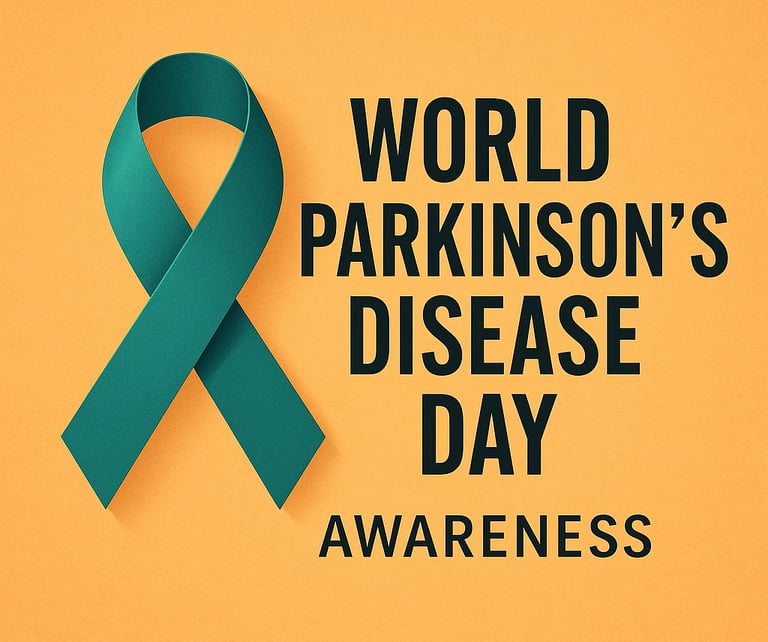Symptoms of Parkinson’s Disease:
Motor Symptoms: Tremors, muscle rigidity, slow movement (bradykinesia), and postural instability.
Non-Motor Symptoms: Cognitive decline, depression, sleep disturbances, constipation, and loss of smell.
Risk Factors for Parkinson’s Disease
While the exact cause of Parkinson’s disease is unknown, several risk factors contribute to its development:
Age: The risk increases with age, especially after 60.
Genetics: A family history of Parkinson’s may increase susceptibility.
Environmental Factors: Exposure to pesticides, heavy metals, and certain chemicals has been linked to a higher risk.
Gender: Men are more likely to develop Parkinson’s than women.
Head Injury: A history of traumatic brain injury may increase the risk of developing PD.
Diagnosis of Parkinson’s Disease
There is no single test to diagnose Parkinson’s disease. Instead, doctors rely on clinical evaluation, medical history, and neurological examinations. The diagnostic process may include:
Physical and Neurological Exams: Assessing movement, muscle stiffness, and coordination.
Imaging Tests: MRI or CT scans may be used to rule out other conditions.
Dopamine Transporter Scan (DaTscan): This specialized imaging test helps detect dopamine deficiency.
Management and Treatment of Parkinson’s Disease
Although there is no cure for Parkinson’s disease, various treatments can help manage symptoms and improve the quality of life.
1. Medications
Levodopa (L-Dopa): The most effective treatment, helping replenish dopamine levels.
Dopamine Agonists: Mimic dopamine effects in the brain.
MAO-B Inhibitors: Prevent the breakdown of dopamine.
Anticholinergics: Help manage tremors.
2. Lifestyle Modifications
Exercise and Physical Therapy: Improves mobility, balance, and muscle strength.
Healthy Diet: Antioxidant-rich foods like fruits, vegetables, and whole grains may support brain health.
Speech and Occupational Therapy: Helps with communication and daily activities.
3. Advanced Treatment Options
Deep Brain Stimulation (DBS): A surgical procedure where electrodes are implanted in the brain to regulate abnormal signals.
Gene Therapy and Stem Cell Research: Emerging treatments under study for potential disease modification.
Conclusion
Parkinson’s disease is a complex neurological disorder that requires a multidisciplinary approach for effective management. Awareness, early detection, and access to proper treatment can significantly enhance the quality of life for those affected. On this World Parkinson’s Disease Day, let’s join hands to support individuals living with PD and promote research for better treatment options.
References:
World Health Organization (WHO): www.who.int
Centers for Disease Control and Prevention (CDC): www.cdc.gov
Stay informed, stay healthy!
What is Parkinson’s Disease?
Parkinson’s disease is a neurodegenerative disorder that primarily affects movement. It occurs when nerve cells in the brain, particularly in the substantia nigra, stop producing enough dopamine—a neurotransmitter essential for coordinating movement. Over time, this leads to tremors, stiffness, and difficulties with balance and coordination.
Every year on April 11th, World Parkinson’s Disease Day is observed to raise awareness about Parkinson’s disease (PD), a progressive neurological disorder that affects movement. The day serves as a reminder of the challenges faced by individuals living with Parkinson’s and the importance of early diagnosis, effective management, and ongoing research.


